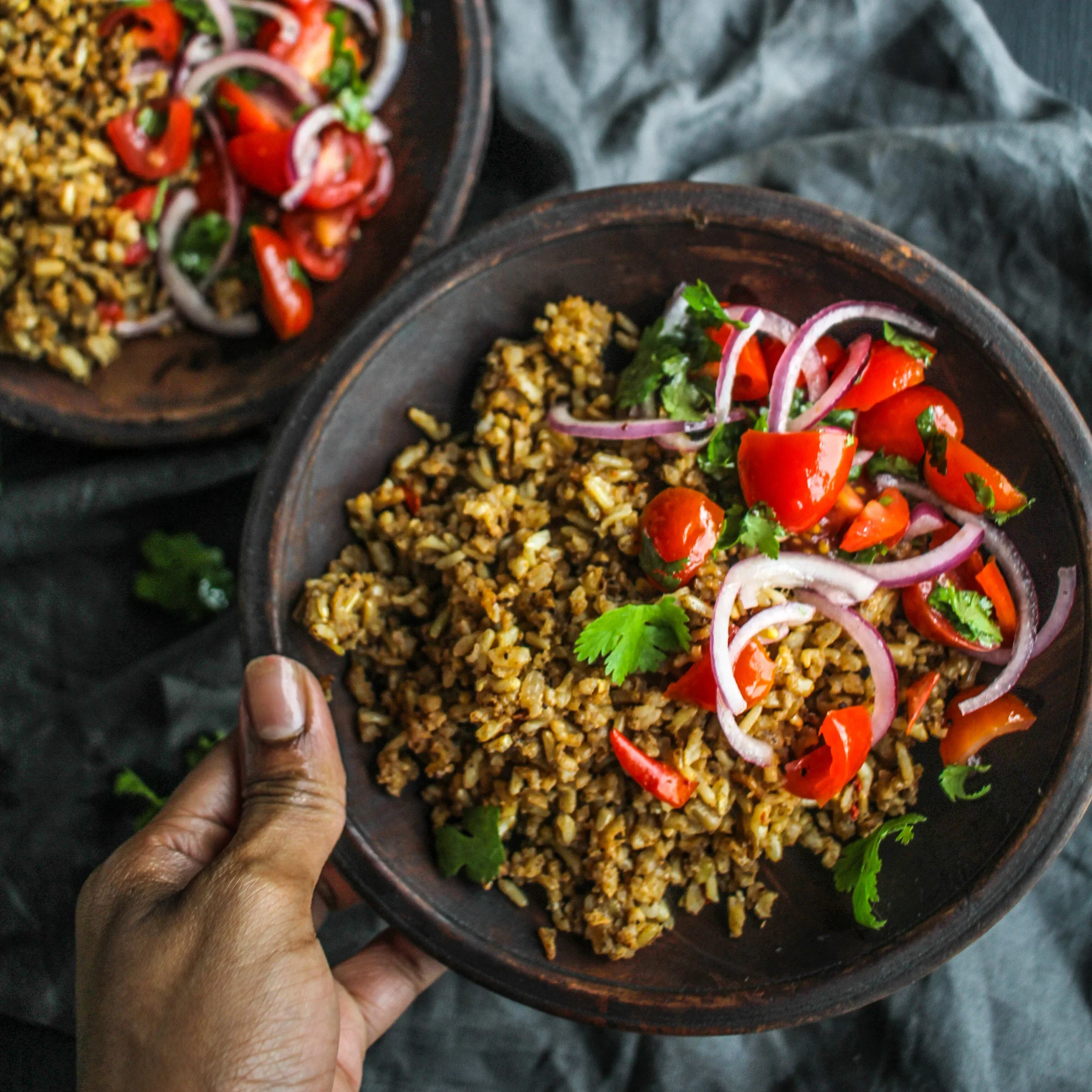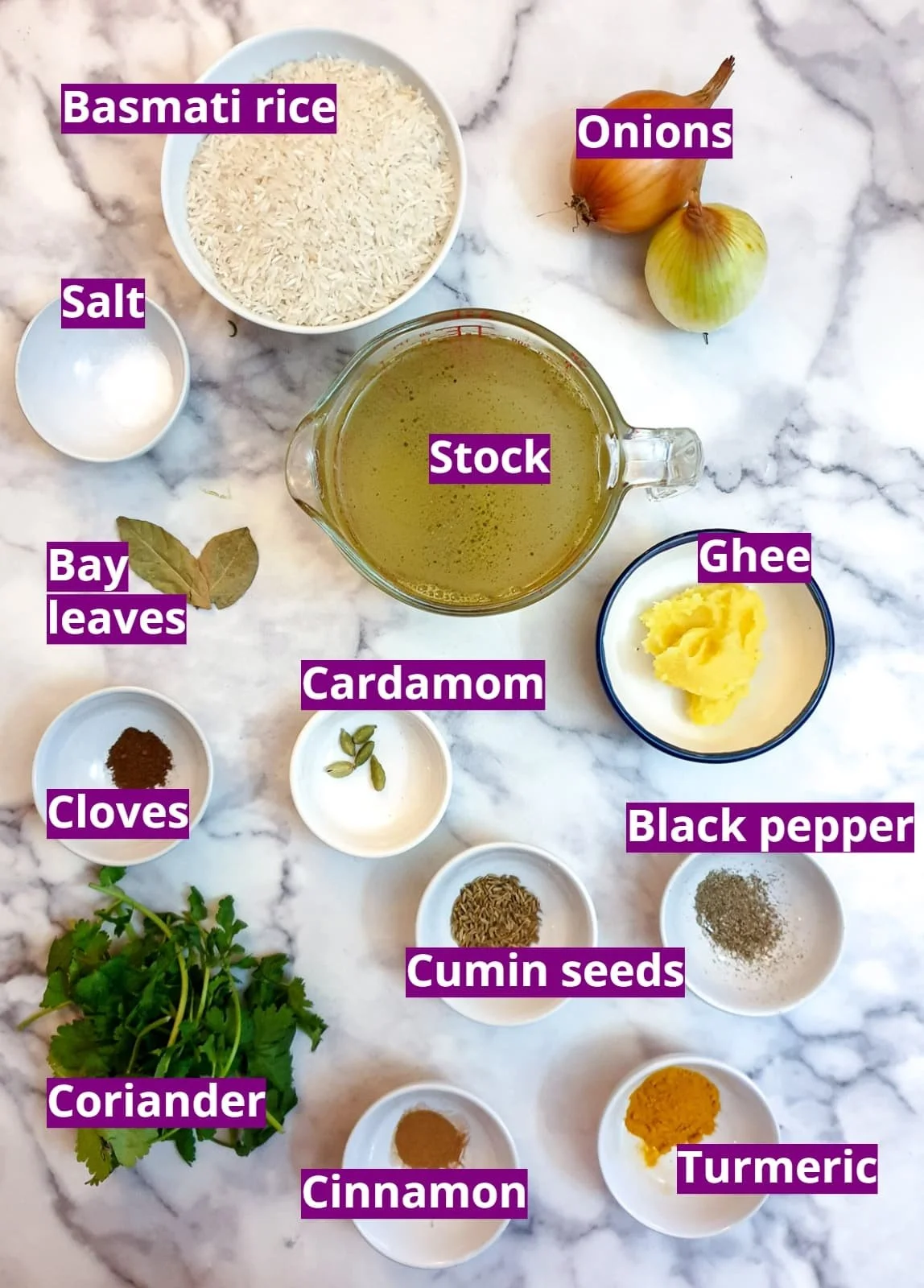Pilau: The Swahili Rice Dish That Runs the Coast
By: Chimdindu Ken-Anaukwu
If the Swahili Coast had a national anthem, it would probably smell like pilau. This fragrant rice dish isn’t just food; it’s the taste of weddings, Eid celebrations, and every big Sunday family gathering. Whether you’re in Mombasa, Zanzibar, or Dar es Salaam, mention “pilau” and you’ll see faces light up.
But what makes pilau so special? And how can you cook it at home, the real Swahili way? Karibu (welcome), let’s dig in.
A Dish Born of Trade and Spice
Pilau’s roots stretch back to centuries of trade on the Indian Ocean. Arab, Indian, and Persian traders brought cloves, cinnamon, cardamom, and cumin to East Africa, and the Swahili people turned those spices into something magical. Over time, pilau became more than just rice; it became a symbol of celebration.
Today, no Swahili wedding is complete without giant sufurias (pots) of pilau. It’s the dish that says, “This is not just a meal; it’s a feast.”
Essential Swahili Words for the Kitchen
Cooking pilau isn’t just about stirring rice, it’s also about learning a little Swahili along the way:
Mchele – raw rice
Maji – water
Kitunguu – onion
Nyama – meat
Pilipili – chili
Sufuria – cooking pot
Kukaanga – to fry
So when someone says, “Kukaanga kitunguu mpaka kibrauni” (fry the onions until brown), you’ll know exactly what to do.
The Real Swahili Pilau Recipe
Ingredients (Serves 6):
3 cups mchele (rice, preferably long-grain like basmati)
500g nyama ya ng’ombe (beef) or chicken, cut into chunks
3 medium vitunguu (onions), thinly sliced
4 cloves garlic, minced
1 tablespoon ginger paste
3 tomatoes, chopped
4 potatoes, peeled and halved
4 cups maji (water or broth)
1 teaspoon ground cumin
1 teaspoon cardamom powder
1 teaspoon cinnamon
1 teaspoon black pepper
1 teaspoon ground cloves
2 fresh pilipili (chilies), optional
½ cup cooking oil
Salt to taste
Method:
Fry the onions (kukaanga vitunguu): Heat oil in a sufuria and fry onions until golden brown. This is the secret to good pilau flavor.
Cook the meat (pika nyama): Add garlic, ginger, and meat. Cook until browned.
Spice it up (ongeza viungo): Add cumin, cardamom, cinnamon, black pepper, and cloves. Stir well.
Add tomatoes & potatoes (nyanya na viazi): Cook until tomatoes soften and potatoes are coated with spices.
Rice joins the party (ongeza mchele): Add washed rice, stir, and pour in water or broth. Season with salt.
Simmer to perfection (chemsha polepole): Cover, reduce heat, and let it cook until rice and potatoes are tender.
Fluff and serve: Pilau should be fragrant, slightly oily, and bursting with spice.
Pilau Etiquette: More Than Just Eating
In Swahili culture, pilau is eaten together, often from a shared platter. This is called kula pamoja (eating together). The act itself is a celebration of unity, family, and friendship. And yes, don’t be surprised if someone insists you eat “ongeza kidogo” (just a little more) even after you’re full.
Why Pilau Matters
Pilau is more than rice and meat. It’s history, community, and celebration in every bite. To taste it is to taste the very spirit of the Swahili coast; spicy, warm, and unforgettable.
So next time you’re at a feast on the coast, don’t be shy. Grab a plate, say “Asante kwa pilau” (thank you for the pilau), and let the flavors tell their story.
Final Thoughts
Pilau ya Kiasi isn’t just a recipe. It’s an invitation to celebrate like the Swahili do; generously, joyfully, and with enough spice to keep life interesting.
Hungry to learn more? NKENNE brings you the language, the culture, and the food of the Swahili coast so you can live it, not just taste it.



